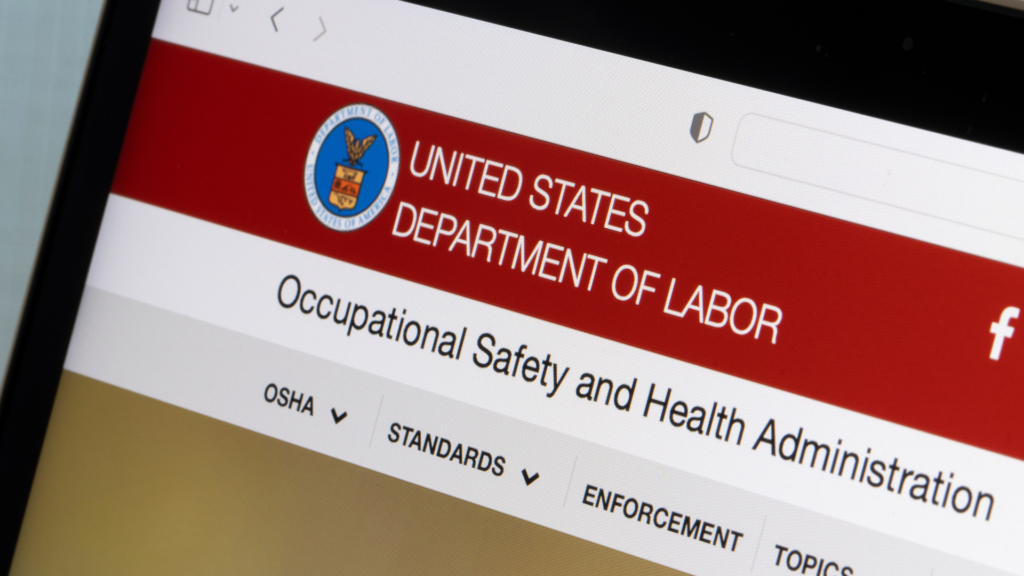Let’s be real, safety is awesome, especially when it saves lives
Forget the snooze-fest safety talks from orientation. Workplace safety isn’t just a corporate checkbox, it’s your backstage pass to a long, injury-free career. Whether you’re swinging hammers or crunching data near high-voltage panels, knowing how to avoid OSHA’s “greatest hits” of hazards is essential.
OSHA’s Focus Four is more like the Fearsome Four of workplace danger
These four bad boys are responsible for most workplace deaths, and no, they’re not just for construction workers in hard hats.
- Falls: Still the #1 way to lose your footing and your job in one swift move.
- Caught-in or -between: Like being the unfortunate meat in a machinery sandwich.
- Struck-by: That flying object is not a love letter. Duck, or better yet, wear your PPE.
- Electrocution: Because lighting yourself up isn’t as cool as it sounds.
These aren’t just buzzwords on an OSHA pamphlet, they’re the real deal. They even sneak into other industries like manufacturing, transportation, and emergency response, so nobody’s off the hook.
If you’re ignoring the Top 10 OSHA violations, you’re practically asking for a citation
Every year, OSHA drops its most violated list like a mixtape, and it never disappoints.
- Fall protection fumbles
- Lack of proper respiratory protection
- Ladder fails (yes, even step stools count)
- HazCom hiccups
- Scaffold slip-ups
- Fall protection training that’s basically nonexistent
- Lockout/tagout laziness
- Neglecting face and eye protection
- Forklift misadventures
- Machine guarding gone missing
OSHA signs and labels aren’t just workplace décor, they’re lifesaving signals
The Hazard Communication Standard (HazCom) wants your workplace to be less “mystery chemical roulette” and more “I know exactly what could kill me here.” That includes clear labels, an updated SDS library, and people who actually read them.
If you fall at work, it better be into the arms of a well-placed safety net
Fall protection isn’t a single solution, it’s a toolkit. You need:
- Engineering Controls: Like guardrails, toe boards, and floor hole covers. No DIY danger zones here.
- Safe Work Practices: Don’t use a spinning chair as a ladder. Ever.
- PPE: That harness isn’t a fashion statement, it’s a lifesaver.
- Training: Because “just don’t fall” isn’t a plan.
Lockout/tagout is how you make sure equipment doesn’t turn into a villain mid-repair
LOTO is the real MVP of maintenance safety. Here’s how it works:
- Identify all energy sources: Electrical, hydraulic, chemical, you name it.
- Isolate the energy: Flip the switch and block it, like you’re ghosting danger.
- Lock it out: Padlocks are your friends. Use them.
- Tag it out: Leave a warning note so no one plays “Let’s test this button.”
Machine guarding is how you avoid losing fingers, limbs, and lunch breaks
Those spinning blades and crushing gears are not your pals.
- Durable guards: Built tough so they don’t become paperweights.
- Maintenance: If it’s broken, fix it. Don’t cross your fingers and hope.
- No bypassing: That guard is there for a reason. Don’t remove it unless you’re into ER visits.
Driving forklifts isn’t Mario Kart, it’s serious business
They’re powerful, unstable, and love tipping over when you least expect it. Respect the machinery. Stay certified. Use spotters. Don’t be the guy who reverses into the water cooler.
Ergonomics isn’t just about comfy chairs, it’s injury prevention disguised as workplace luxury
- Proper workstation setup: Your spine will thank you later.
- Lifting techniques: Bend your knees, not your career.
- Smart tools: Less vibration, more productivity.
- Take breaks: Even superheroes need rest.
PPE is like armor, except it’s OSHA-approved and slightly less flashy
You wouldn’t walk into a beehive without a suit, right? So wear the gloves, the goggles, the boots, whatever keeps you intact.
Fire safety starts before things get hot
- Prevention: Clean your mess, store stuff right, fix frayed wires.
- Preparedness: Know your exits and where the extinguishers are (hint: not behind 30 boxes).
- Response: PASS the extinguisher test, Pull, Aim, Squeeze, Sweep.
Bloodborne pathogens aren’t just a healthcare thing, they’re an every-workplace concern
- Exposure Control Plan: Because no one wants a surprise infection.
- Universal Precautions: Treat all bodily fluids like they’re radioactive.
- PPE: Gloves and masks aren’t just COVID fashion trends.
- Training: Know what to do before it hits the fan.
If you’re new to the OSHA world, this intro course will get you fluent in safety-speak
Start strong with the Introduction to OSHA: General Industry and Construction Training Course. It’s the safety foundation every worker needs to avoid being a statistic.
Expand your safety knowledge with our Safety 101: OSHA’s Top 10 Training Course.
This course gives you the run-down on OSHA’s biggest red flags, but if you want the deep dive on real-world fixes and pro-level compliance, enroll in the Safety Training Program and become the safety boss your workplace deserves.
References
The Atlantic Research Team is our in-house editorial staff. Content published under this name is a collaborative effort, written and reviewed by multiple safety and HR specialists to ensure all information is accurate, practical, and up to date.
Latest posts by Atlantic Research Team
(see all)

